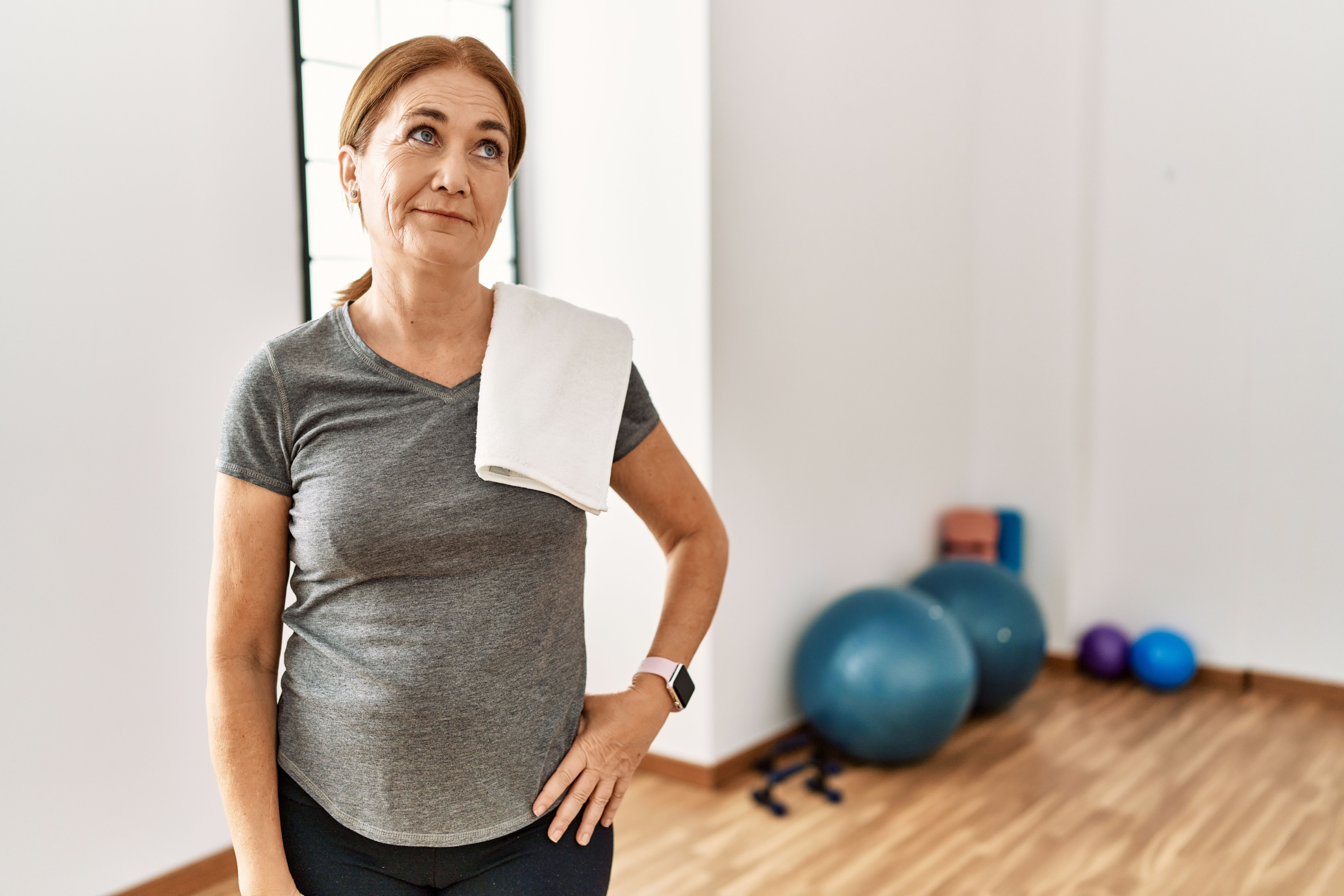Top Tips for Getting Fit After 40
Understanding Your Body's New Needs
As we cross the threshold into our 40s, our bodies begin to change in ways that can affect fitness levels. Metabolism may slow down, muscle mass can decrease, and recovery times might lengthen. While these changes are natural, they highlight the importance of adopting a fitness routine that is both effective and sustainable. Listening to your body and understanding these changes is the first step towards a healthier you.

One of the key adjustments to consider is focusing on exercises that enhance flexibility and balance. Incorporating activities like yoga or tai chi not only helps improve these areas but also reduces the risk of injury. These low-impact exercises are gentle yet effective, making them ideal for those re-entering the fitness world.
Creating a Balanced Routine
A balanced fitness routine is crucial for overall health, especially after 40. This means combining cardiovascular exercises with strength training and flexibility workouts. Cardiovascular activities such as walking, swimming, or cycling help in maintaining heart health and burning calories. Aim for at least 150 minutes of moderate aerobic activity each week.

Strength training is equally important as it helps to build and maintain muscle mass, which naturally declines with age. Incorporate weight lifting or resistance band exercises into your routine at least twice a week. This not only helps in maintaining muscle strength but also supports bone health and boosts metabolism.
Prioritizing Nutrition
Fitness isn't just about exercise; nutrition plays a pivotal role, too. As we age, our nutritional requirements evolve, making it essential to fuel our bodies with the right nutrients. Focus on a diet rich in whole foods, lean proteins, healthy fats, and fiber. These foods support muscle repair and provide the energy needed for an active lifestyle.

Staying hydrated is another critical aspect of fitness. Water not only aids in digestion and nutrient absorption but also helps in maintaining energy levels during workouts. Aim to drink at least 8 glasses of water a day, adjusting based on activity level and climate.
Setting Realistic Goals
Setting achievable fitness goals can provide motivation and help track progress. Begin with small, manageable objectives such as completing a 30-minute walk daily or attending a yoga class twice a week. Gradually increase the intensity and duration of your workouts as your fitness level improves.
Remember, progress may be slower compared to younger years, but consistency is key. Celebrate small victories along the way to keep yourself motivated and committed to your fitness journey.
Listening to Your Body
As we age, our bodies may require more time to recover from workouts. Pay attention to any signs of fatigue or discomfort, and allow your body adequate rest. Rest days are crucial for muscle recovery and preventing burnout. Consider incorporating active recovery days with light activities such as walking or stretching.
If you're unsure about starting a new fitness regimen or have specific health concerns, consult with a healthcare professional or a certified personal trainer. They can provide personalized advice that aligns with your health needs and fitness goals.

Staying Motivated
Staying motivated can be challenging, but finding activities you enjoy makes it easier to stick with your routine. Whether it's dancing, hiking, or joining a fitness class with friends, choose something that keeps you engaged and excited to move.
Additionally, consider tracking your progress using fitness apps or journals. Seeing tangible evidence of your improvements can be incredibly rewarding and encourage you to keep going.
Please check out our coaching packages for every budget. Accountability is key for staying on track and working with experts will will help sift through the noise and create a customized program that works for you. Coaching Packages